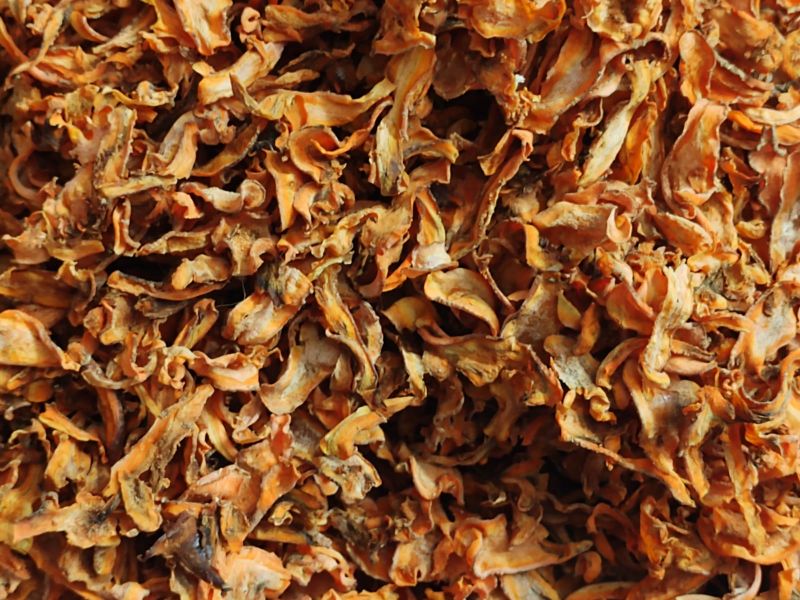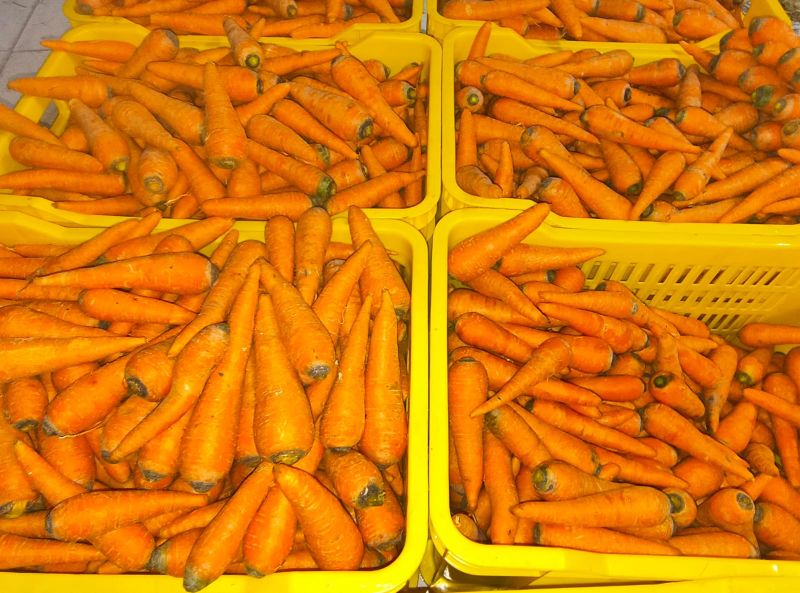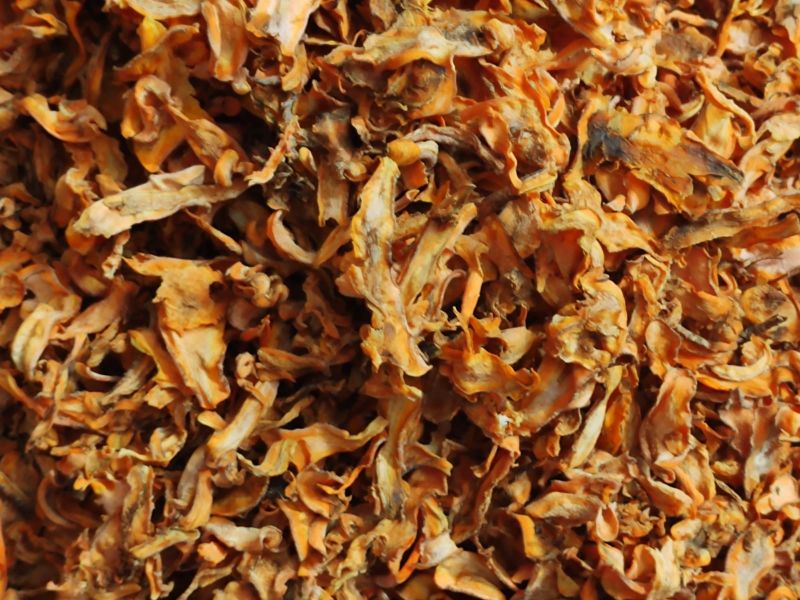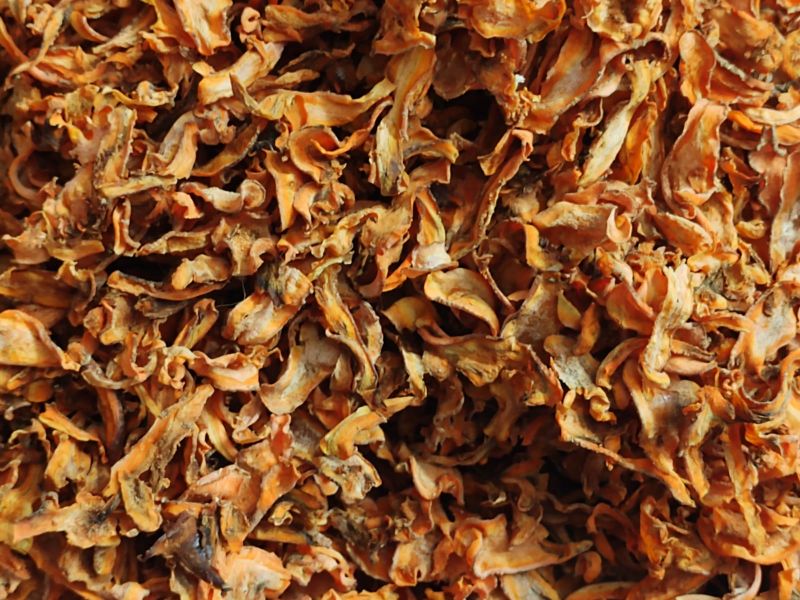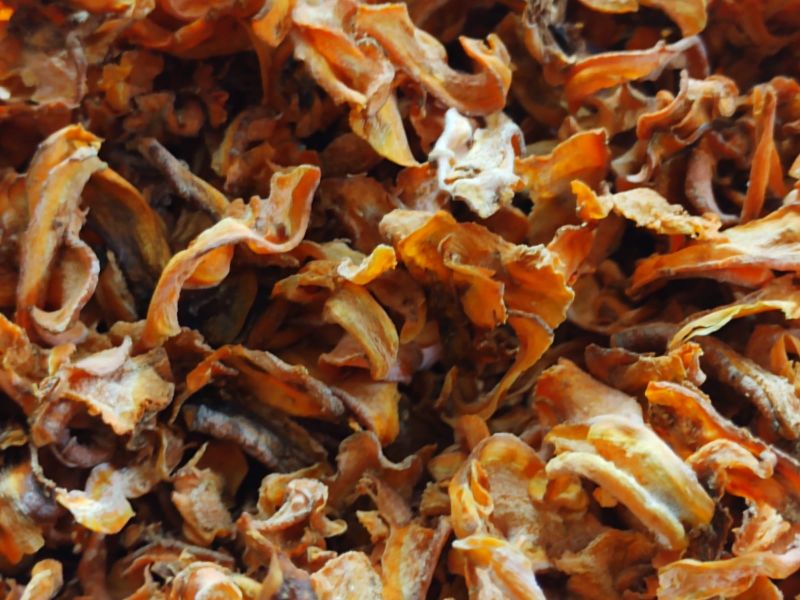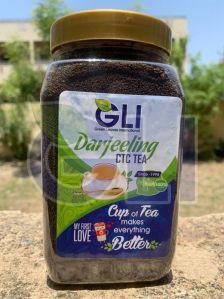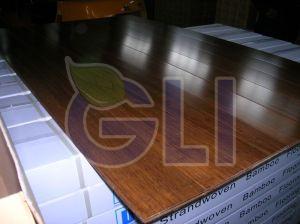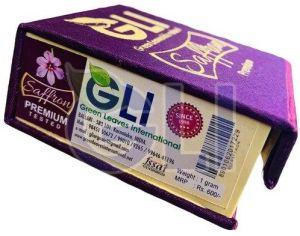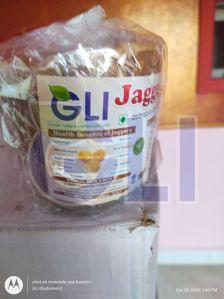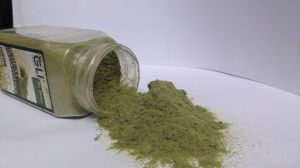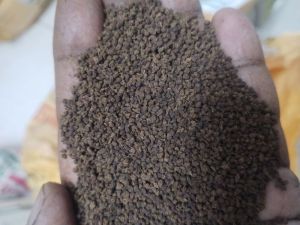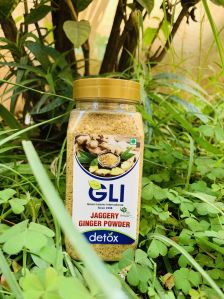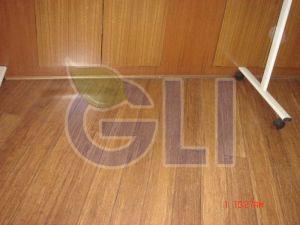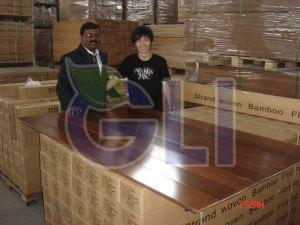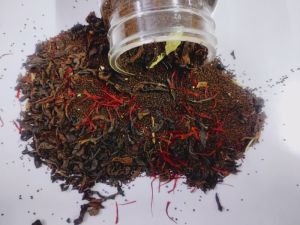| Business Type | Manufacturer, Exporter, Supplier, Retailer, Trader, Distributor |
| Handling / Storage | DRY STORE |
| Colour, Taste & Aroma | ORANGE, SWEET, GOOD FRAGRANCE |
| Country of Origin | India |
| Click to view more | |
Product Details
Ingredients
FRESH CARROT
Drying Process
SOLAR
Shelf Life
12 MONTHS
Type
Dried Carrot, DRIED
Packaging Type
PP Bags
Taste
Crispiness, Delicious, Sweet
Style
SOLAR DRIED
Size
3-4 CM
Application
Food, Juice, Pickle, Snacks
Form
DRIED FLACKS
Color
Orange
Shape
FLACKS
Cultivation Type
Natural
Brand Name
GREEN LEAVES INTERNATIONAL
Product Code
GLIDHCRT1
Port
CHENNAI
Payment Terms
T/T
Delivery Time
7 days
Packaging Details
PP pouch and cartoon box
Green leaves international. GLI. Dehydrated papaya specifications include its appearance as orange flakes being a natural, high-fiber, low-sodium snack. It 's also a source of vitamin C, beta-carotene, and antioxidants. Dehydration removes moisture, concentrating the natural sugars and flavor of the fruit.
Here 's a more detailed breakdown of dehydrated papaya specifications:
Appearance and Form:
- Flakes or Slices: Dehydrated papaya is typically available in flake or slice form.
- Color: The color is usually orange.
Nutritional Value:
- High in Fiber: Dehydrated papaya is a good source of dietary fiber.
- Low in Fat and Sodium: It contains no fat and is low in sodium.
- Source of Vitamins: It is a good source of vitamin C and beta-carotene.
- Antioxidants: Dehydrated papaya is rich in antioxidants, including flavonoids.
- Energy Boost: It can provide a quick energy boost due to its carbohydrate content.
- Sugar: While dehydrated papaya is sweeter than fresh papaya, it still contains natural sugars.
Dehydration Process:
- Water Removal: Dehydration removes most of the water content, concentrating the flavor and nutrients.
- Preservation: This process helps preserve the fruit for longer periods.
Shelf Life:
- 8-24 Months: Properly stored, dehydrated papaya can have a shelf life of 8-24 months.
- Airtight Container: Storing in an airtight container can help maintain freshness and quality.
Other Considerations:
- No Added Sugar: Some dehydrated papayas are naturally sweet, without added sugar.
- No Preservatives: Some brands offer natural dehydrated papaya without preservatives.
- Suitable for Diabetics: Dehydrated papaya can be part of a balanced diet for individuals with diabetes, but it is important to consider sugar content and portion size.
Looking for "Dried Carrot" ?
Kilogram
Explore More Products


